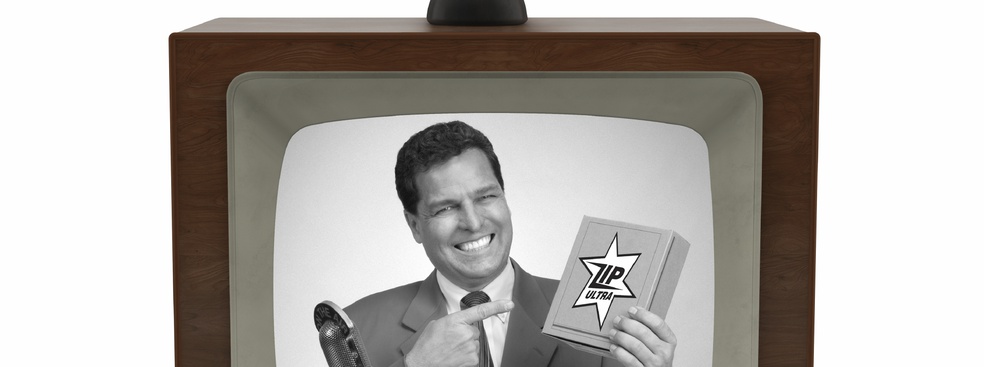An episode of the American TV series “Modern Family”, entirely filmed using Apple devices such as iPhones and iPads, recently provoked heated debate. Critics denounced what they saw as brazen product placement, whilst Apple denied having paid the show to feature its products. But even if Apple did fund this episode, does it really matter?
After all, this kind of publicity can be seen as a natural interaction between our modern market economy and the media. From James Bond’s Aston Martin to the recent Samsung “selfie” publicity stunt at the 2014 Oscars ceremony, product placements have been around for years.
Going further back in history, we could easily draw a parallel between such practices and age-old patronage, a system whereby people in positions of power ordered productions from artists. From painting to music, the greatest works of art were often ordered by patrons in order to promote something or someone important to them, and we cannot reasonably argue that this system prevented artists from exploiting their talent. Many great works of art ordered by patrons are still famous today, centuries later.
What’s more, OuLiPo, a group of French artists who aim to find innovative ways to develop their creativity, even claims that working within such limits has pushed great artists to show exceptional creativity through the ages. This is certainly the case for the ground-breaking “Modern Family” episode, where the writers innovated in order to reflect how modern-day relationships have evolved: be it with family or friends, 21st century relationships often develop and thrive thanks to the use of new technology.
It is therefore not necessarily a bad thing that creators benefit from a company’s support, even if the sponsor suggests a subject to them. As long as authors have the opportunity to exploit their talent freely, the limits imposed by such a relationship can help them to develop as artists by forcing them to respond to demands with exceptionally creative solutions. We must not forget that it is clearly in sponsors’ best interests for the final work to be interesting, amusing or hard-hitting. That way, companies get the message they are paying for across to as large an audience as possible and benefit from maximum exposure.









